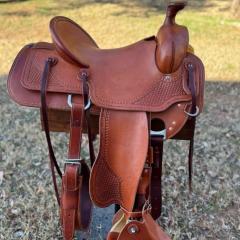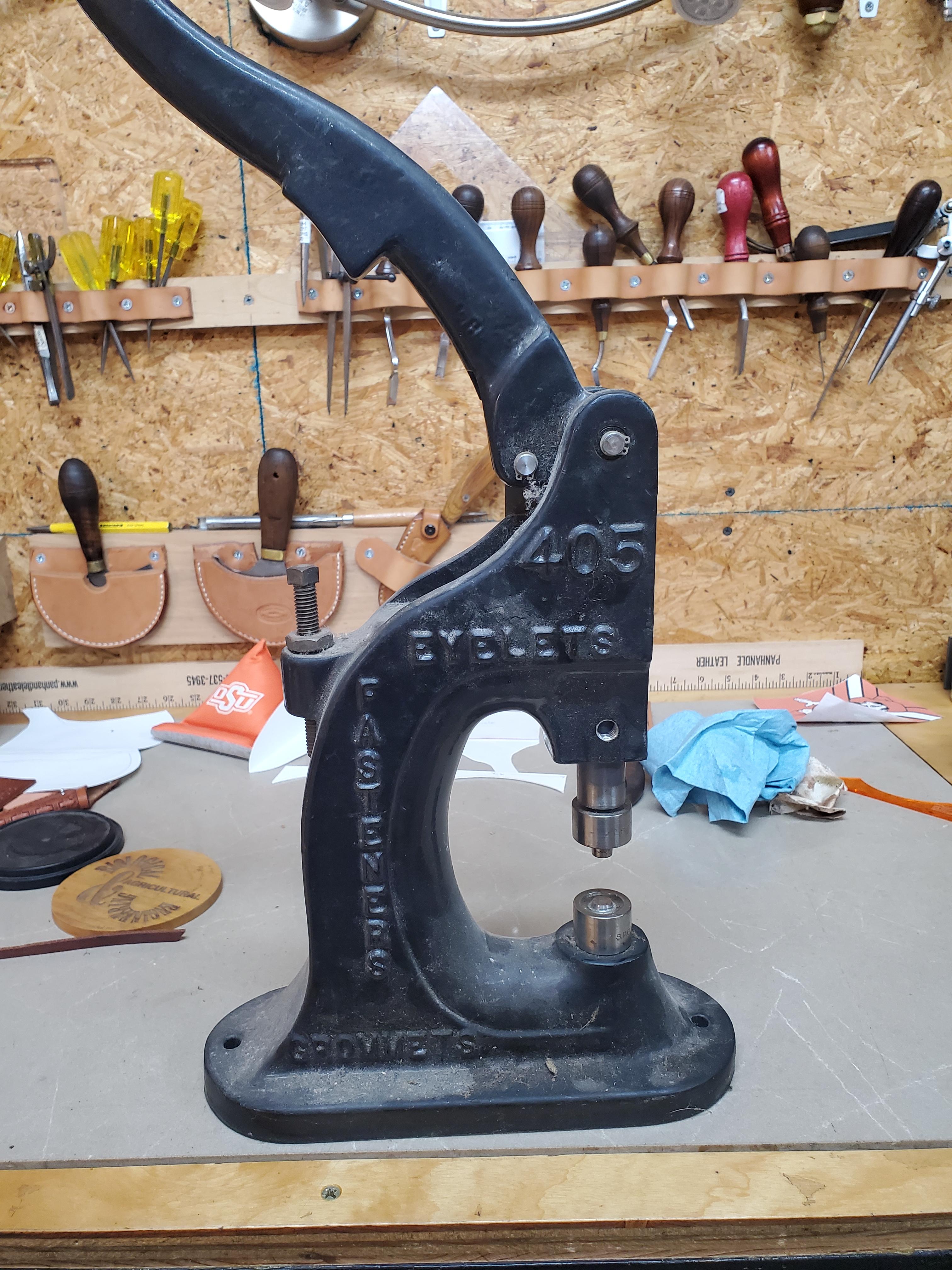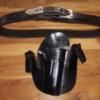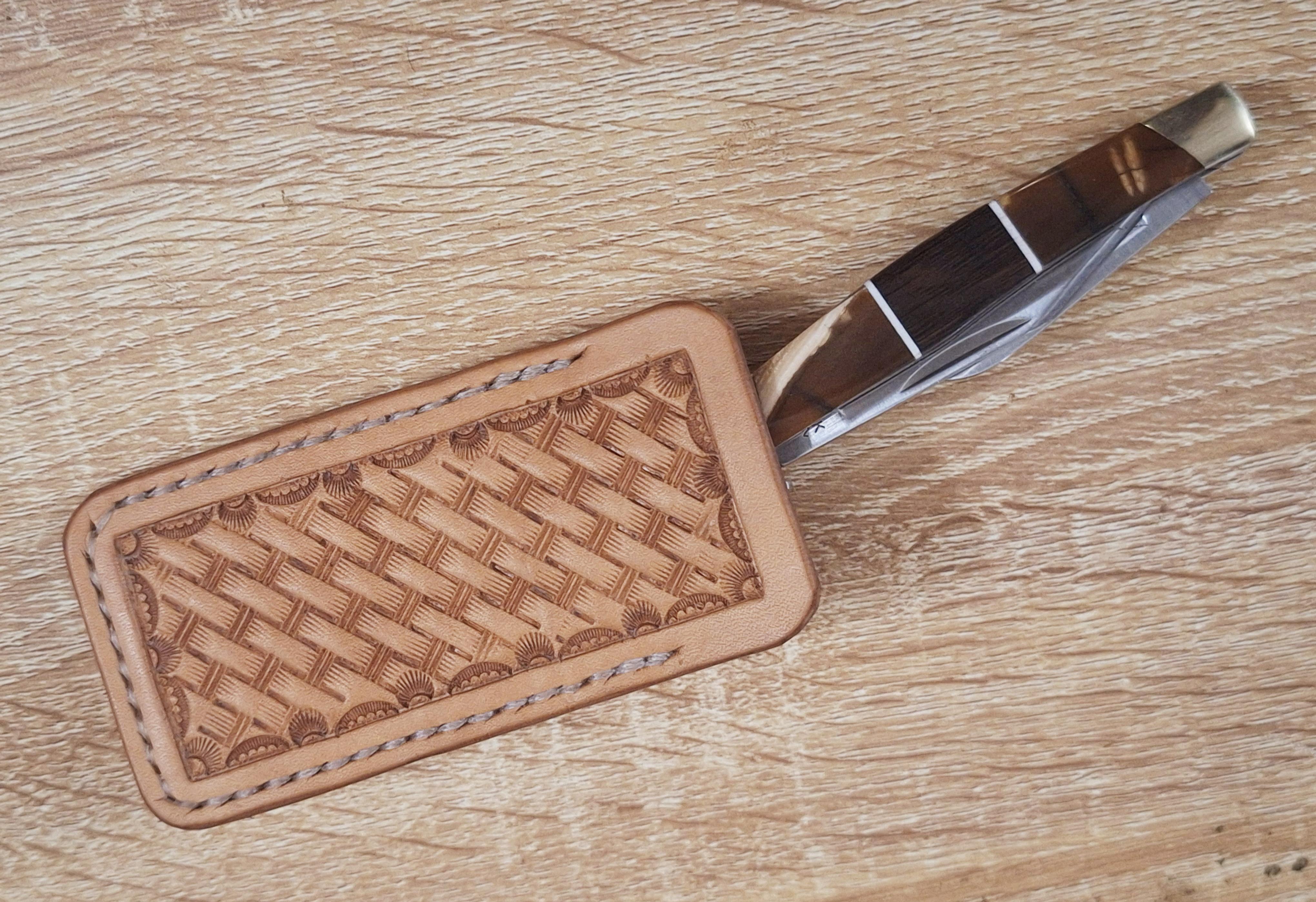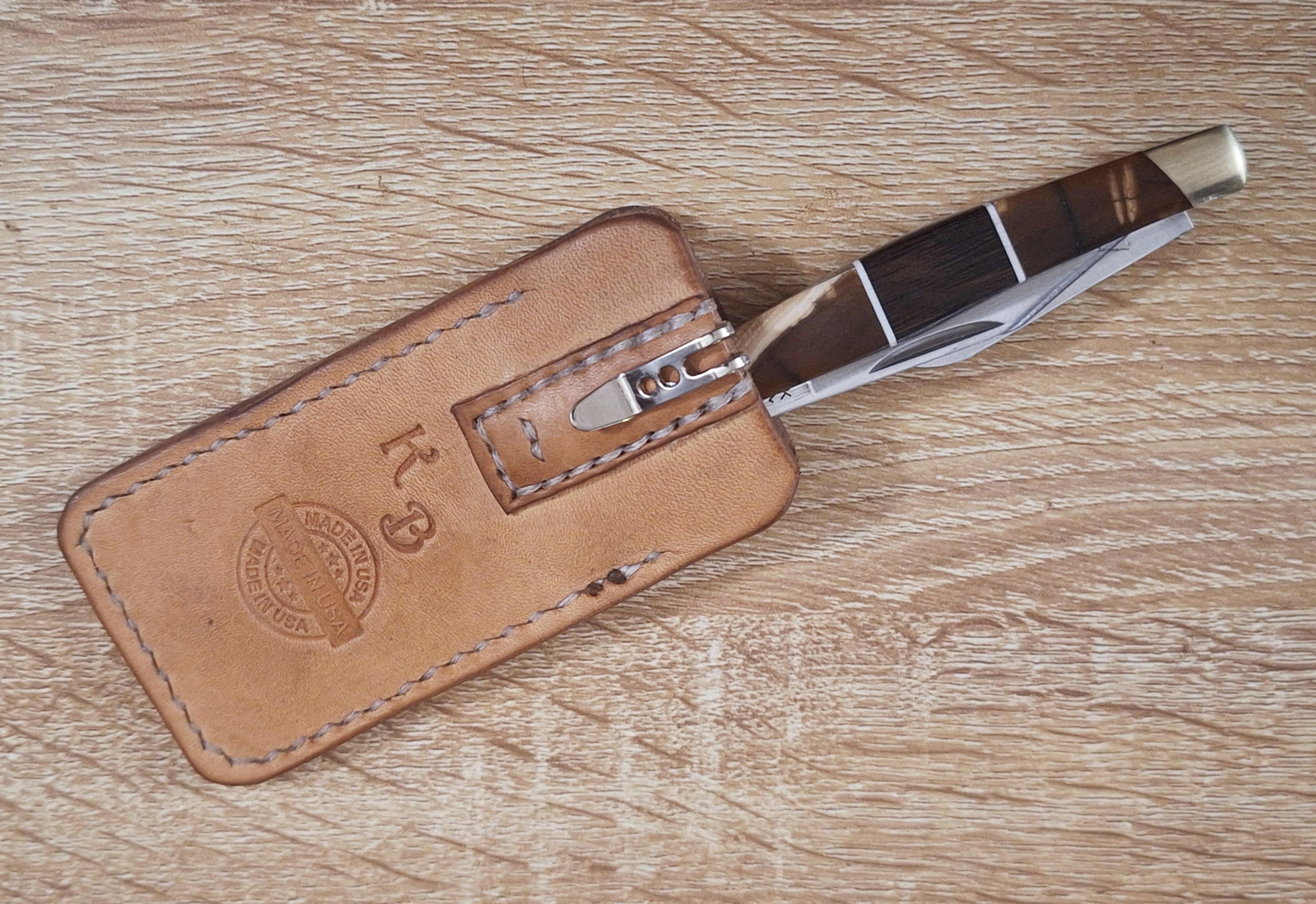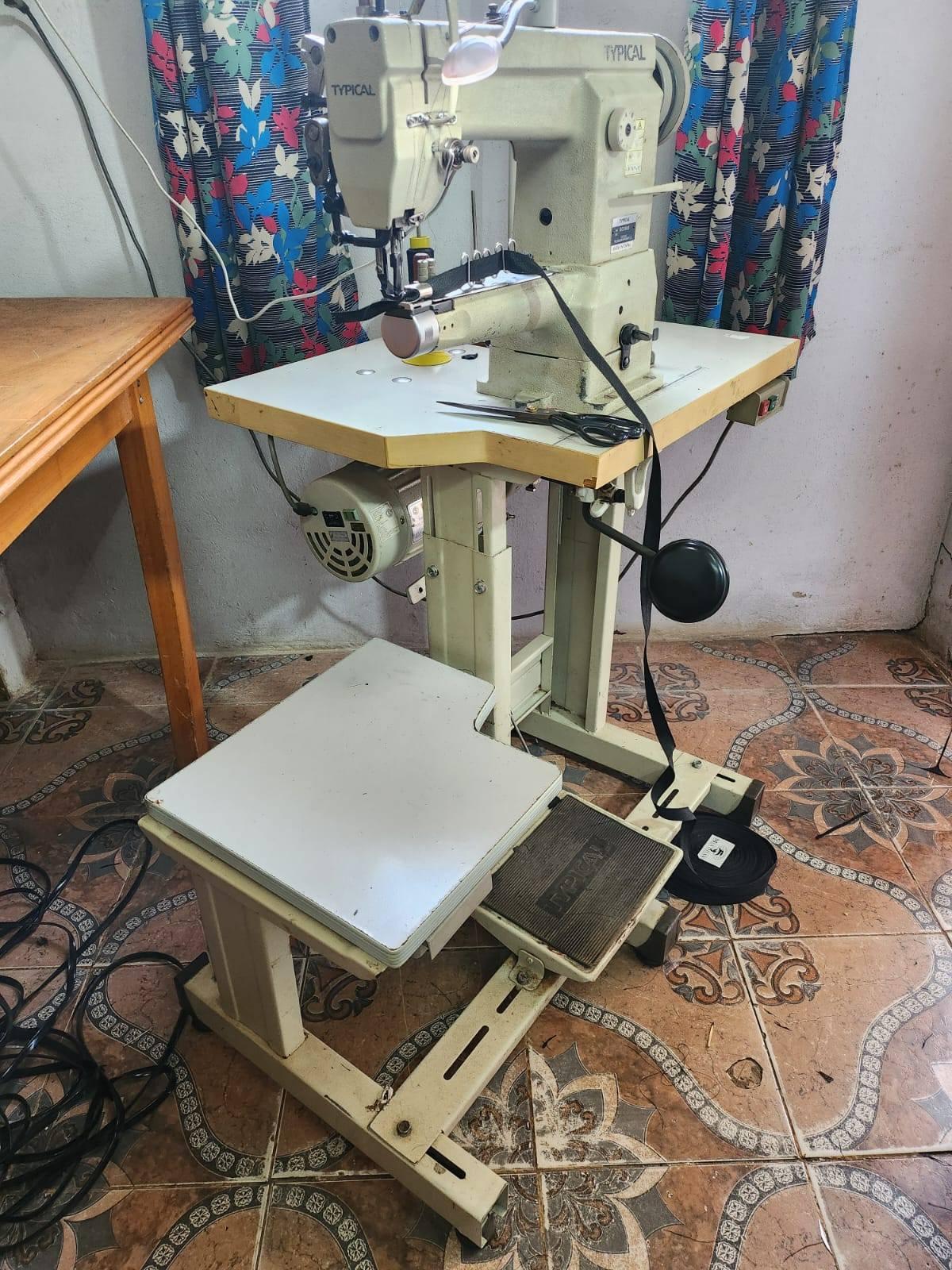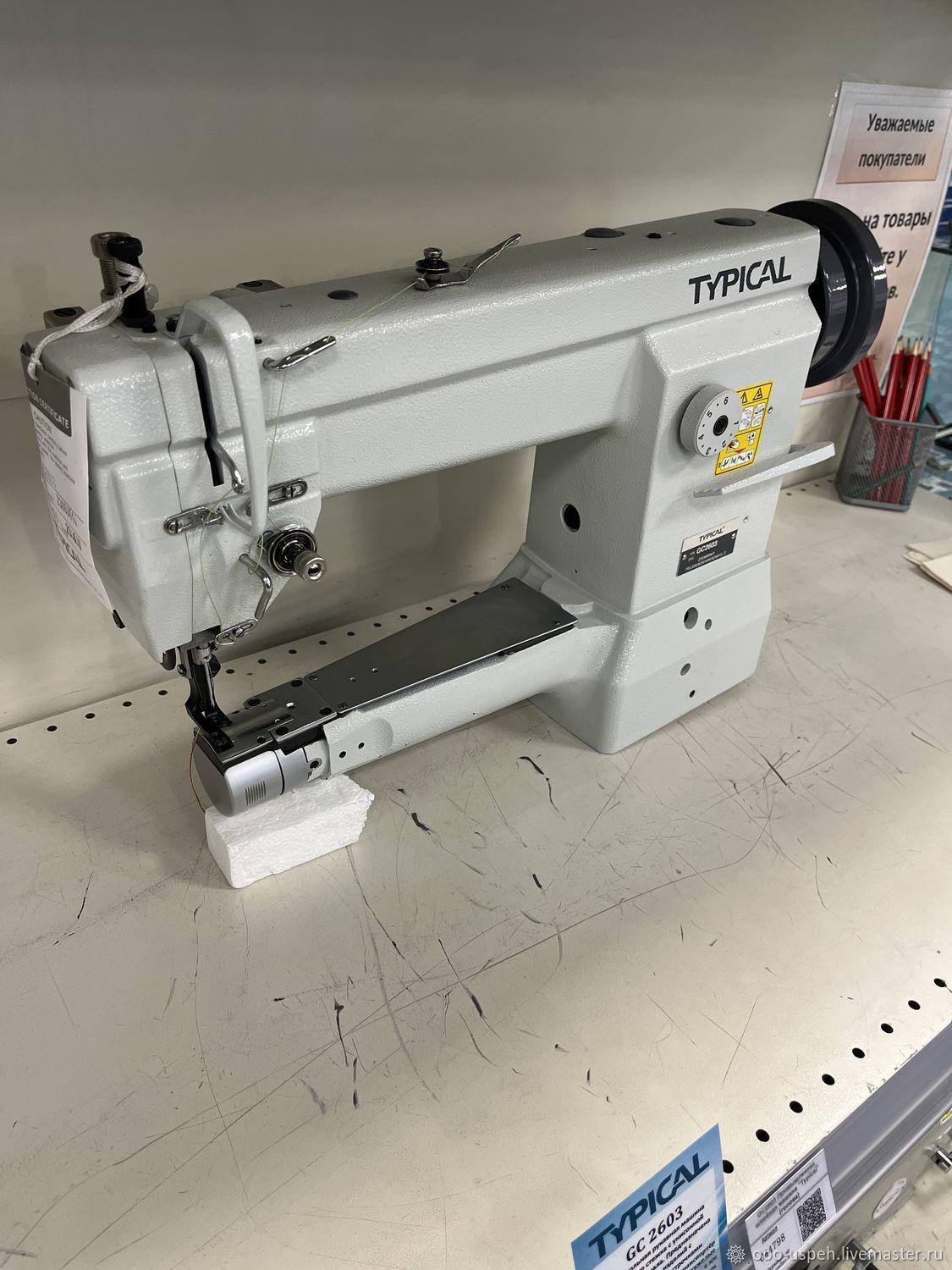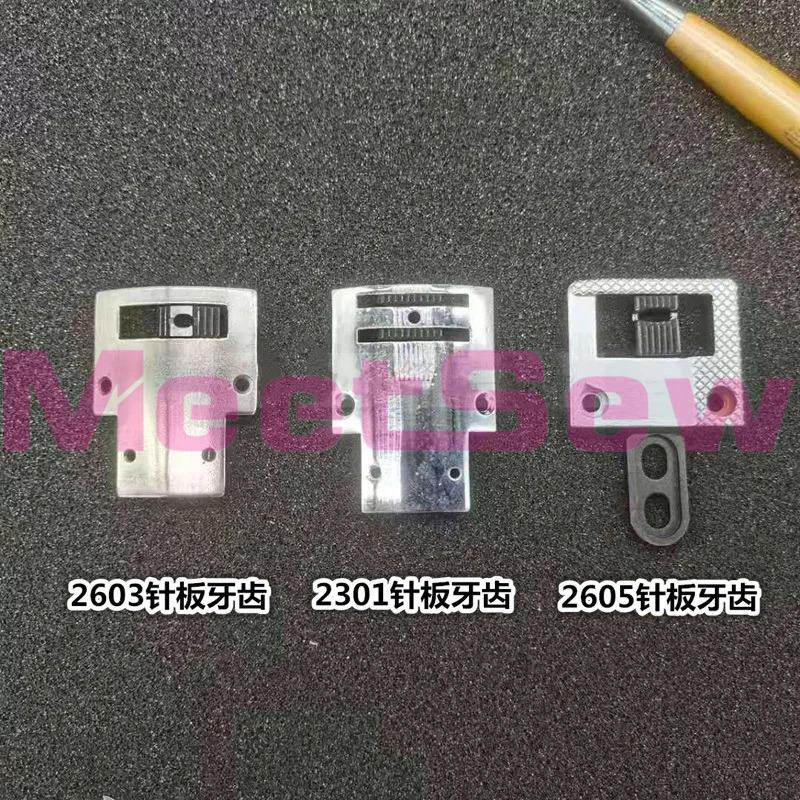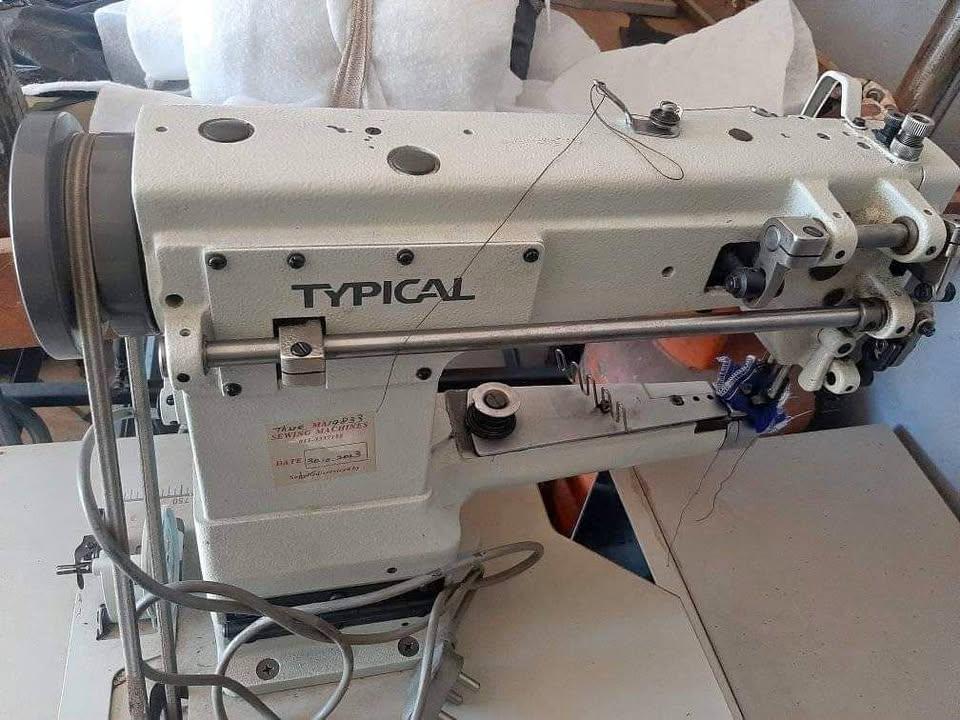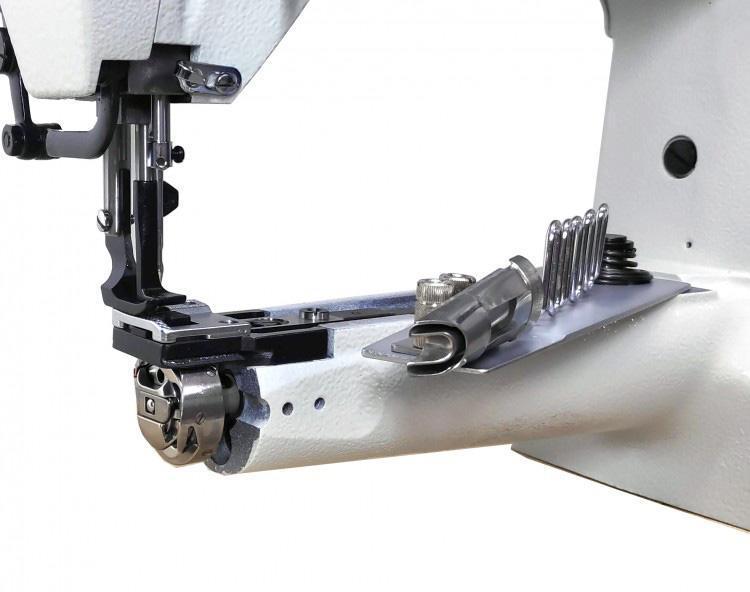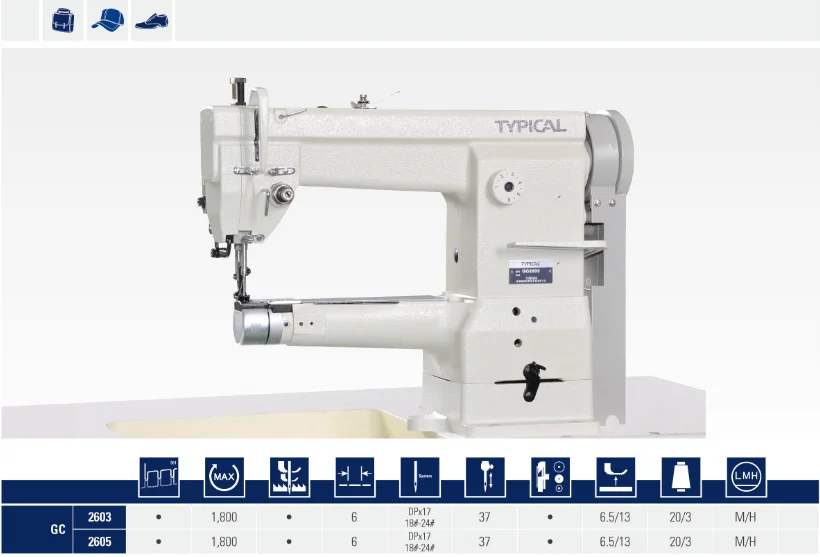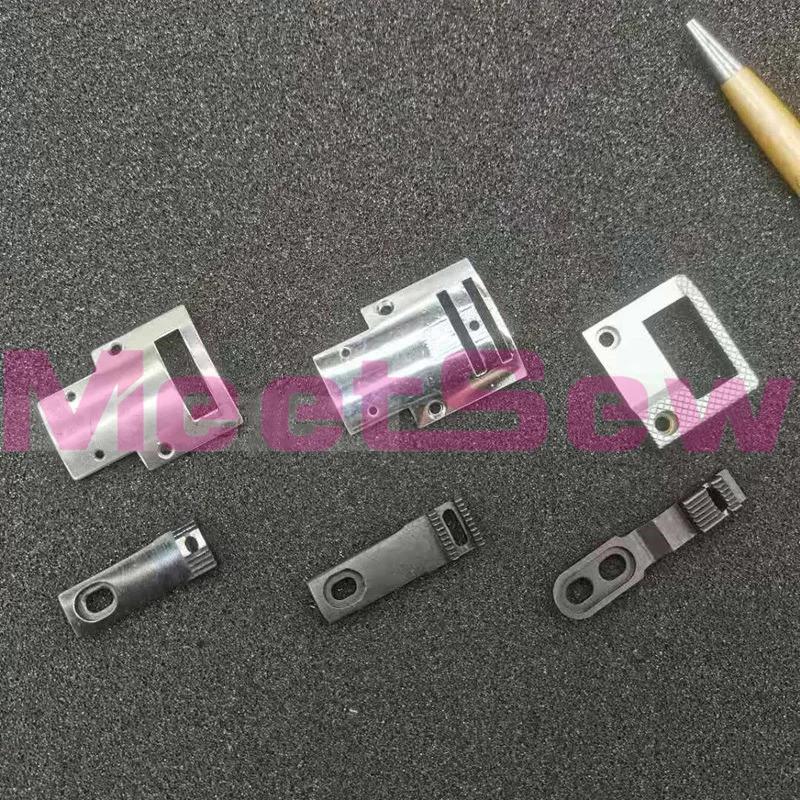All Activity
- Past hour
-
I recently acquired a Stimpson 405. The driver and anvil are for grommets. Has anyone adapted one of these rivets or snaps? How about converting to another brand like Weaver? Thanks, Randy
-
Thanks for all the tips. I know 3 stitches are a lot and I don't have this problem all the time. I think some of the issue is thread. I have thread from different suppliers and its certainly different. Regardless, I have started back stitching 2 and then going forward. Randy
-
I don't wear spurs much . . . mainly when I'm in a parade with my cousins . . . But I took all of mine . . . put them in a wood vice that had leather jaws . . . and squeezed them so that when I put them on my boots . . . between the heel and the heel of my boot . . . in that little crease . . . I tightened them up until they did not move . . . I could wear them outside . . . get on a horse . . . off . . . walk around the yard . . . and the spurs stayed on my boots. They're not tight enough to scratch the boots . . . and you certainly wouldn't ride far with them . . . but that is how I wear mine . . . with of course a leather spur strap across the front arch of my boot. May God bless, Dwight
-
Altogether . . . it certainly is most likely a very functional holster . . . just a couple comments One . . . if you look at the bottom backside of the holster . . . from the top of the leading edge . . . all the way around to the second chicago screw . . . the space between the edge and the stitching varies drastically. For a practical holster . . . that's OK . . . but you won't sell many like that. That space needs to be very near uniform all the way around . . . and you do that on a belt sander. It takes a practiced eye . . . and a bunch of practice . . . but when it is done . . . it looks so much better. The dye did not take very uniformly . . . and if you used Feibings . . . make sure you dilute 1 to 1 with thinner . . . and ALWAYS brush a light coat of neatsfoot oil on the hair side of your projects . . . then let is set for 24 hours before dyeing. I always dip dye everything I do . . . and while it takes more dye that way . . . the dye also goes in deeper . . . making scrapes and scratches later on . . . less noticeable. Dip dyeing for me has always also been much more uniform than any other way I've tried. You also might want to take the top of the back piece that lays against your side . . . take it up and round it . . . so that as you look at it . . . leather comes up above the hammer, rear sight, and most importantly if it has one . . . the safety. It is a lot more comfortable that way. But all in all . . . just a few constructive critic words to make your product more tasteful. . . . I do really like the design down the front or it though . . . and the clips are a nice touch. May God bless, Dwight
-
I've got a Campbell Randall VSB Burnisher. Honestly It's not as good as you're hoping it is. Mine collects dust.... They're built out of a common brushed sewing servo and fitted with an adapter that allows you to use Galli Burnishing wheels. The Galli wheels are a great item, lots of different wheels, grinding, diamond, leather, wood, phenolic, etc available. The bad part is that they have poor speed control ("0" to 3000K RPM) and almost no torque. A burnisher needs a little bit of low rpm torque. The Galli burnishing wheels have a bit of diameter to them so a low torque, hard to control cheap brushed servo isn't really what you want. The dust collector shield on the Randall VSB is actually a plastic dust collector hood from the Bosch Router. I ended up building 2 of my own burnishers, one out of a LOBO profile sander and the other out of a washing machine motor. Sometimes i use the DC burnisher on the front of my Galli FCE, but it's only setup for horizontal burnishing. I also have 2 other heavy factory made motor driven burnishers. One is a Randall in a hammered green paint. It has lots of torque, but setup with steel burnishing heads and kinda not that great. The other is an ancient machine that's almost identical to the Randall (Looks like Randall Copied it) that has a large multi groove cocobolo (or somthing similar) head about 6" in diameter. That one sees a fair amount of flat use. I guess my suggestion is to build your own and don't buy one. It looks like you don't need that advice though! You need decent lower speed torque and ability to vary the speed. 1/2hp 3ph motor is probably a good choice. I've run `1/3hp motors on burnishers and found them overheating from the load if I use them for a period of time. a 3ph motor is less prone to getting hot as well. If you're doing heavy burnishing I'd probably go so far as to recommend a 3/4hp motor.
-
Anyone taken a cheap servo motor apart?
Cumberland Highpower replied to AlZilla's topic in Leather Sewing Machines
In reality, other than testing a damaged pulley, that trick wouldn't do enough most likely to show what's bad. Bearings are precision units (even cheap bearings) and you could have enough bearing damage or runout in the shaft to cause issues and not be able to tell with a screwdriver. A possible "possibility" is that maybe the shaft was "driven" backwards a little, enough to cause something to rub inside? If that was the case would be an easy fix I'd think? If it is a bad bearing, I'd almost gamble its the rear bearing rather than the front. - Today
-
BOOT TOE BOX REPAIR QUESTION
Drummist replied to Drummist's topic in Shoes, Boots, Sandals and Moccassins
Tozafoot - Thanks for that reply. I'll give it a try. I never thought to try hammering it flat so that just might work! I have this idea that some sort of product like Celastic or a glue of some sort, would help to "stiffen" the inside of the toe box to help it retain the shape after getting it smoothed out. Is this a bad idea? I also thought of using "Tuff-toe" on the exterior, but I'd hate the look of it. D -
I do like your idea of modifying a motor to give you what you would like particularly if you have a motor on hand. I modified what is called a variable speed buffer to do sanding and burnishing. I would be interested in seeing your end result.
-
Typical gc2605 conversion to non-binding machine
nejcek74 replied to TakashiOkada's topic in Leather Sewing Machines
If he is using Pfaff parts, maybe this is a copy of Pfaff 335? Which was often sold as a binding machine. Regarding 2-way (only horizontal) vs 4-way (horizontal and vertical) feed dog movement there was already written a lot about it on this forum. Conversion is possible but it's a mayor work because you need to connect the upper shaft with the lower one that moves the feed dog. You also need parts which are often more expensive than an used machine. My Pfaff 1245 has only 2-way feed dog and it works for me perfectly fine, but I am using it mostly for heavy fabric or combination of heavy fabric and leather. I guess certain, very fine surfaces could be scratched by a feed dog dragging back. -
Typical gc2605 conversion to non-binding machine
kgg replied to TakashiOkada's topic in Leather Sewing Machines
If to changed what appears to be a clutch motor on the used machine out for a servo motor which should cost about $200 the total cost would be about $600. That is of course assuming the used machine is in good working order and mechanically fit. If the machine does the stuff you would like to do then you would have saved $1300 which would go a long ways to other things like needles, thread, attachment, leather, etc. kgg -
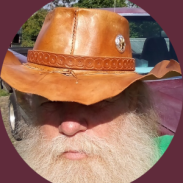
Development of best servo motor for leather sewing machine
AlZilla replied to CowBoyOUTLAW's topic in Leather Sewing Machines
I don't know what that's called exactly but it's not what people mean when they say "Clutch Motor". It accomplishes something similar I've got a couple of those and some clutch motors. A clutch motor has something akin to an automobile clutch built right into the end of the unit. Here's Alexander Dyer talking about clutch motors: -
Jonah45 joined the community
-
The foot is held in place with a tapered pin same as the FAV and Fortuna machines. The 1mm washer was needed to allow the sliding lock in thing to position better for holding and angle adjustments.
-
That looks great. I need to make 1 similar, been thinking about buying me a Buck 112 automatic. I might do a bit of wet molding on that sheath/sleeve if I do end up with a Buck 112 auto.
-
They are fantastic , the cat especially. Incredible talent HS
-

Typical gc2605 conversion to non-binding machine
friquant replied to TakashiOkada's topic in Leather Sewing Machines
Jianglong makes a 246 also. (I have the Jianglong 341) You might see what it would cost: https://www.alibaba.com/product-detail/246-Maquina-De-Coser-Cuero-Cylinder_60469774160.html -
Typical gc2605 conversion to non-binding machine
TakashiOkada replied to TakashiOkada's topic in Leather Sewing Machines
okay I'm watching a video from the same guy and the 2603's feed dog has a circular motion, 2605's feed dog only goes forward and backwards. so there's a huge difference after all. I think it's some sort of clone of the 246? I'm strongly considering asking my local dealer to get me this 2603 instead of the 341. I bet it's cheaper, too. -
Typical gc2605 conversion to non-binding machine
TakashiOkada replied to TakashiOkada's topic in Leather Sewing Machines
1 - oh so the feed dog and throat plate DO work for that machine, interesting. I think he said they are parts for a pfaff machine? 2 - that's smart. I could design and make a cover plate with acrylic and a laser cutter. 3 - agree TBH today I learned something new, thanks. the translation was a bit rough but it was better than nothing -
Did that yesterday. Made a pocket sleeve for a Buck 301 size knife, a Case 6375 will fit with 1/8 inch exposed. A clip was added to keep the knife in a vertical positio in your front pocket.
-
Nikknik joined the community
-

Typical gc2605 conversion to non-binding machine
AlZilla replied to TakashiOkada's topic in Leather Sewing Machines
Turn Closed Captions on, go to settings and tell it to "Auto Translate" to whatever language you wish. -

Typical gc2605 conversion to non-binding machine
friquant replied to TakashiOkada's topic in Leather Sewing Machines
Three interesting points from that video: The feed dog on the binding machine that he bought has no vertical movement. He wanted to convert it to being a standard machine. It appears that he bought a new feed dog and throat plate for it. In general it works as a standard machine, but the feed dog only goes forward and back. (No vertical movement) He made his own cover plate to replace the binding cover plate that it came with. (The long metal plate that's about 250mm x 30mm that he mentions about 6:55 into the video) He abosolutely loves his swing-down edge guide 😀 -
hello, it's me again. I was about to buy the typical 341 you guys recommended to me for 1900$ but then I found an interesting triple feed binding machine in the used market for 400$. it's a typical gc2605. this is the picture of the actual machine for sale, it even has the half table and all! there's a similar model, it's the typical gc2603, which has normal throat plate more suitable for general leather sewing. apparently it's the same machine but with different plates, picture below. the end of both arms seem a bit different. these are the plates for each model. screw holes don't seem to match more pics from the internet for reference according to this picture, both 2603 and 2605 are essentially the same machine? this is a video of a guy with a gc2605 speaking russian (i think) and he's saying something while holding the plate I want to put in the gc2605. can anyone who speaks russian tell me what he's saying?
-

Anyone taken a cheap servo motor apart?
dikman replied to AlZilla's topic in Leather Sewing Machines
Definitely pull it apart, we're all interested now to see what the problem is! - Yesterday
-
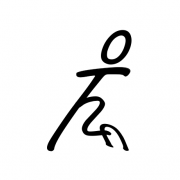
BOOT TOE BOX REPAIR QUESTION
tozafoot replied to Drummist's topic in Shoes, Boots, Sandals and Moccassins
I have used a small marble pestle to push out slightly dented toe boxes: can hold the pestle in place with one hand and hit the outside of the toe shape lightly with a small hammer (peen) to smooth out creases in the leather. Not sure about using heat to restore shape: I guess it depends what was used to make the rigid toe shape in the first place. When I make footwear with toe boxes, I soak veg-tan cowhide (~5oz) for several hours before pulling it into place on the last and nailing it on. No heat involved at all, only water,


